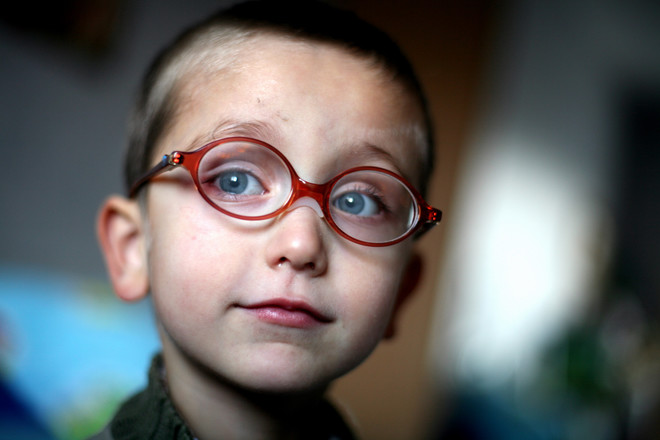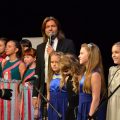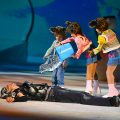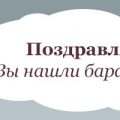Features of special schools
They perform special tasks - formationharmonious personality, correction of mental development, search for their path and place in society. Children receive assistance in self-realization and acquisition of an active life position, increase of self-esteem and development of talents, despite the illness. The school for visually impaired children operates according to an adapted programPhoto: Getty The training is based on the following basic principles:
The school for visually impaired children operates according to an adapted programPhoto: Getty The training is based on the following basic principles:
- The curriculum is dosed, includingThe pace and volume in which children can learn new knowledge. In this regard, the plan is stretched, it can have a longer duration than in a regular school. The burden is redistributed differently, given the ailment of children.
- Development of children's opportunities in accordance with their common problems and applying an individual approach to each.
- Use of special teaching aids, teaching methods, equipment classes.
- Maintenance of accessible sanitary and hygienic conditions, organization of rehabilitation works.
- Assistance to graduates in the process of social and labor adaptation.
The program includes all general educationsubjects such as Russian language and mathematics. Children get acquainted with the world around them in natural history and biology lessons. The delivery of knowledge is adjusted in a special way and is aimed at developing perception and forming imaginative thinking.
Educational materials
Textbooks with font are used for teachingBraille, as well as various popular science, historical, and economic manuals. There are books on studying music, literature, and art. For children with residual vision, a combination of three-dimensional font and images is used. For visually impaired students, educational materials with large font and illustrations are provided. Schools are equipped with typhlotechnical structures - they help optimize and speed up the educational process. With their help, visual perception is transformed into auditory and tactile. Visually impaired children also have the opportunity to receive adapted optical signals - this is achieved by increasing the contrast and volume of images. This practice is not harmful to residual vision, but on the contrary, is a means of correcting it.









